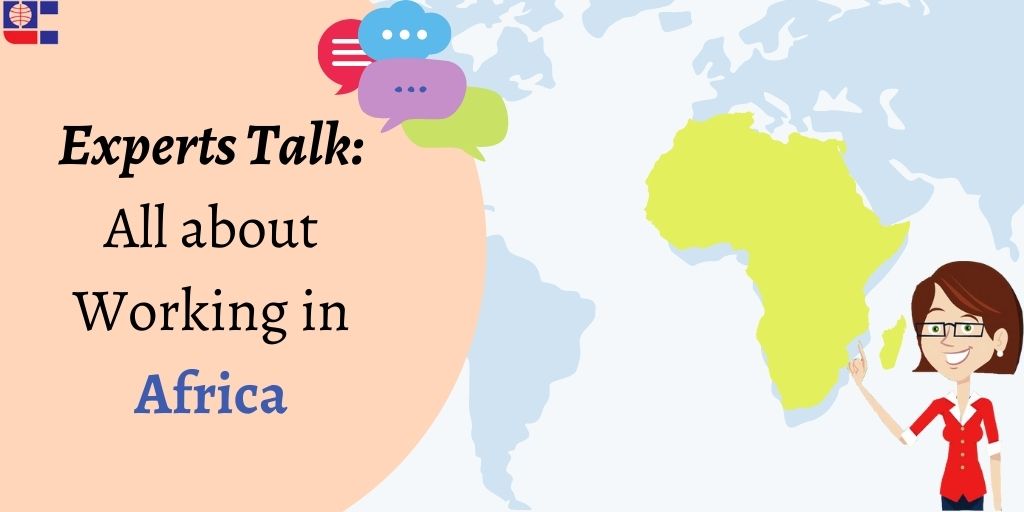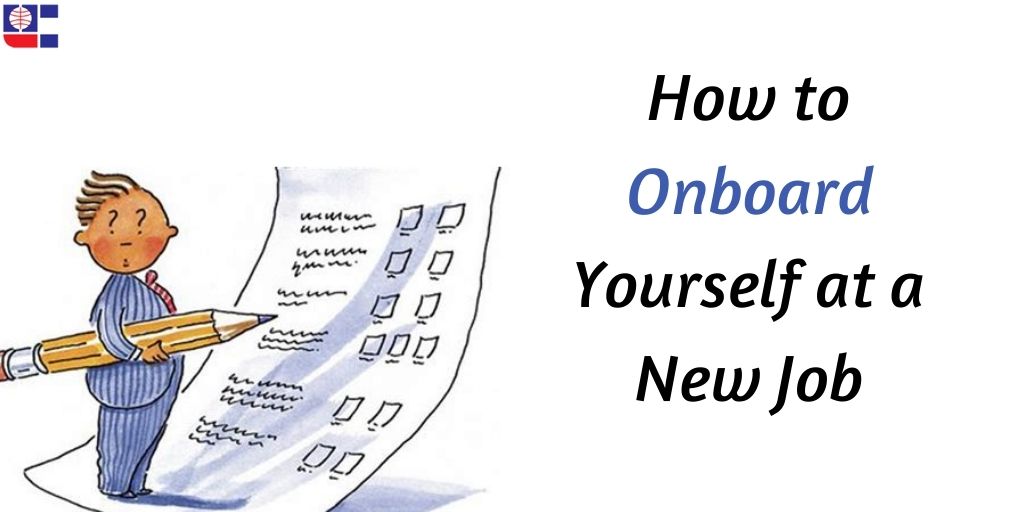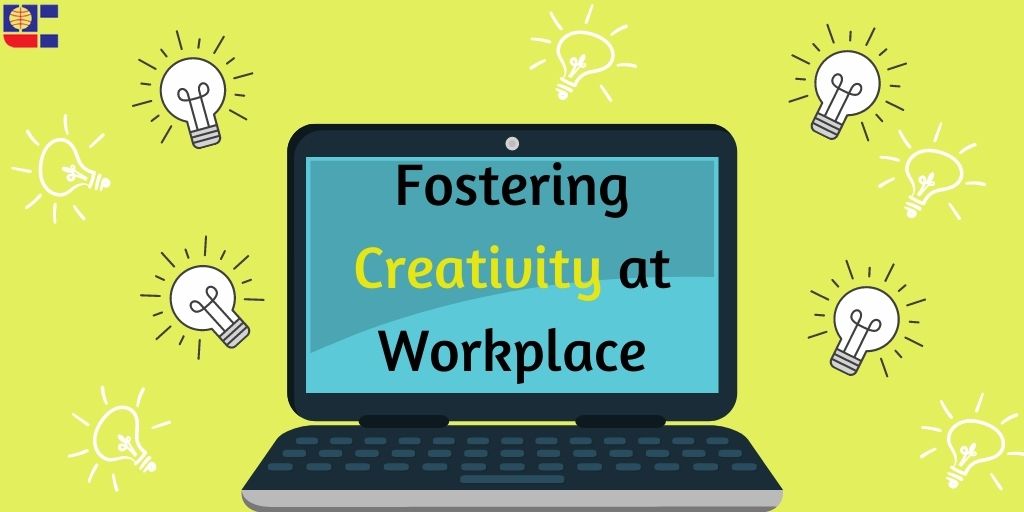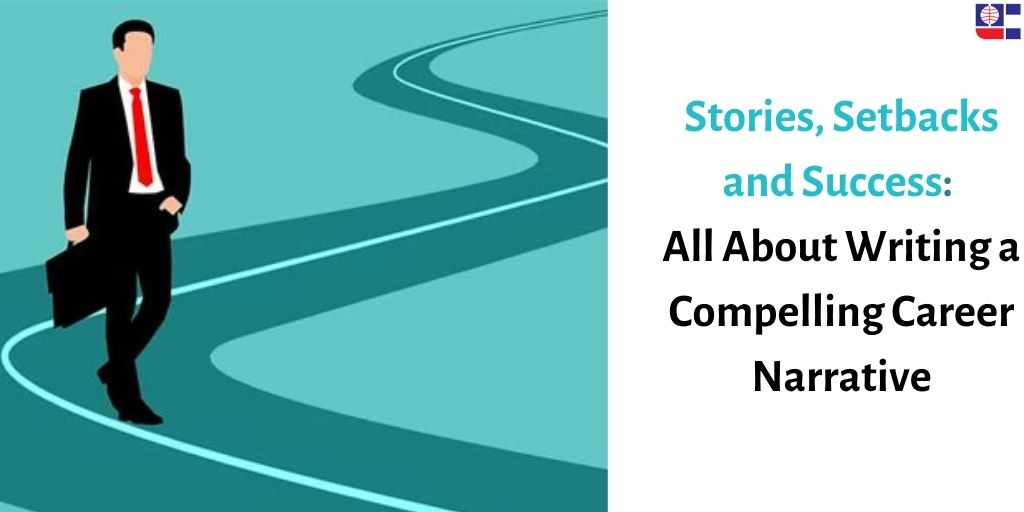In our earlier articles, we have charted out ways of hunting for a job during the pandemic, or onboarding yourself when you have been hired and there are limitations with the said process. Realistically speaking, many of us also had to leave our jobs. Many of us might still be on a look out! Worries might be creeping in about explaining the gap in our resume. Circumstances hit us and we had to remain unemployed and maybe we still are.
The unfair situation might be daunting. One might find wondering things like:
- How can I explain the employment gap in my resume?
- What to do if this gap keeps getting longer?
- How do I make sure they know the gap doesn’t overshadow my skillset and competence?
Addressing these questions, let us delve into what one can do about explaining the gap year in the resume.
Be Honest about the gap:
The number one tip is to be honest about it. It might be tempting to cover it up or say something else about the gap. That is a not a good idea.
A lot of people have been affected by the pandemic when it comes to employment, and everyone knows it. Potential employers, hiring managers will understand your situation and it is best the gap caused as a result of the pandemic is made known.
One can add a little note or a small section in the resume letting the readers know the time period of the gap and that the pandemic was the reason of the gap. One can also add a similar line in the cover-letter.
This brings us to the next point.
Highlighting the Brighter things:
The revelation has been made but how does one make sure that the gap doesn’t simply end up defining the resume?
The key is to making sure your skills, capabilities and certifications are up to date. If you took up some kind of online L&D while being indoors, add it! If you imparted your own L&D in some way, add it! If you attended any webinars, online workshops, training programs, add, add, add!
If the situation didn’t allow you to engage in much L&D then and you can do it now, go ahead and start, and add what you have started, mentioning the ongoing status.
If still your situation doesn’t let you have access to online L&D, make sure your skills and prior experience section are up to date and that you aren’t missing out on anything. You can still update bits about the soft-skills. Note that while additional L&D while staying stuck inside would be a bonus, it is still fine if you were not able to do any of that. Again, remember that potential employers will understand. But wait, we aren’t done yet!
Contacts and References:
Now is the time to use your references well. Talk to your mentors and seniors and ask them if they would be fine to be listed as your references. Potential employers will understand the gap in your resume and they might get in touch with your references. In the absence of recent work experience, a sense of how you are as a learner, how you approach and handle responsibilities will be a good anchor for the potential employers, which they can get from your references.
Make sure you tell the people listed in your references about job-seeking efforts and what you have been up to lately and how you have handled your situation. Keeping this bit about what you have done lately and how you have been handling the job-seeking is also a good thing to bring up during the interview.
And finally, even if you haven’t landed an interview yet, hang on and know that a ton of people all over the world are in the same boat. Keep up the fighting spirit and use the challenging situation to learn, adapt, and persevere more. Remember to keep developing yourself under pressure in whatever way possible, remember to be antifragile!






